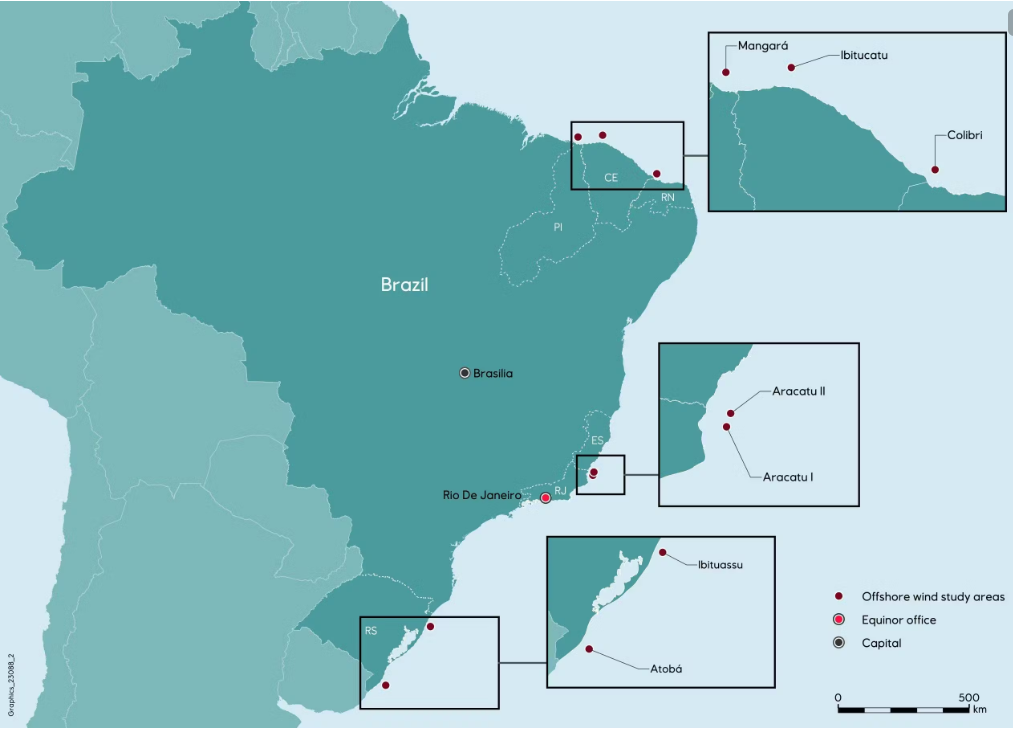
**Brazil’s Emerging Offshore Wind Energy Market: A New Frontier for the Oil and Gas Sector**
Brazil has long been a leader in renewable energy, particularly in solar and onshore wind power. However, with its vast coastline and robust wind conditions, the country is now positioning itself as a major player in the emerging offshore wind energy market. This transformation presents intriguing opportunities for companies within the oil and gas sector.
### Historical Background
Historically, Brazil has been at the forefront of renewable energy, with over 80% of its power generation coming from renewable resources. Hydroelectric power dominates this mix, contributing 51.7% of Brazil’s electricity. However, the country is diversifying its renewable power generation to reduce its reliance on hydroelectric power. This diversification has led to significant growth in solar and onshore wind power. By 2028, Brazil is expected to have over 44 gigawatts (GW) of installed wind capacity, accounting for 13.2% of the Brazilian electricity matrix.
### Offshore Wind Potential
Brazil’s extensive coastline, which stretches over 4,500 miles, coupled with strong and consistent winds, makes it an attractive location for offshore wind farms. The Brazilian government has mapped out an impressive 700 GW of offshore wind potential, with significant wind speeds in many areas. This vast resource presents a lucrative opportunity for investors seeking to expand their portfolios in renewable energy.
### Current Projects and Plans
Currently, Brazil has 78 offshore wind energy projects under review by the Brazilian Environmental Agency (IBAMA), which will represent 182 GW of capacity once installed. These projects are strategically located in the Northeast, Southeast, and Southern regions of Brazil, aligning with areas of high electricity demand in urban centers and industrial zones along the coast.
Three key ports located in these regions have the capacity for expansion to accommodate a new offshore wind industry. These ports are well-positioned near the project areas, offering a critical infrastructure backbone for the development of offshore wind farms.
### Regulatory Framework and Support
To address uncertainties in the development of offshore wind energy, private sector stakeholders are advocating for a comprehensive legal and regulatory framework. This framework will establish the rules for the sector, safeguarding investments and interests in these projects. Following the issuance of a decree in January 2022, the Brazilian National Congress has proposed further regulations. Most recently, Bill No. 11247/23 was proposed by the House of Representatives to regulate the assignment of seabed areas








